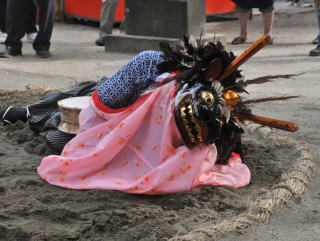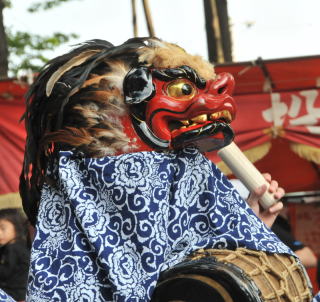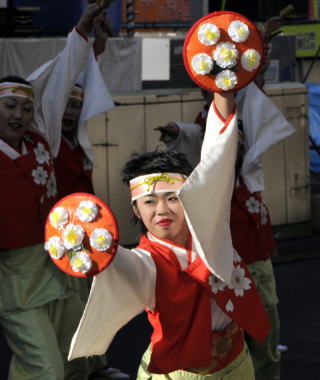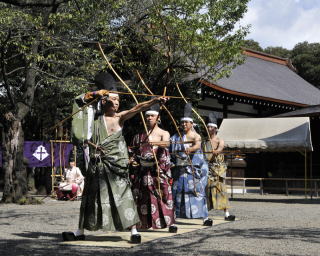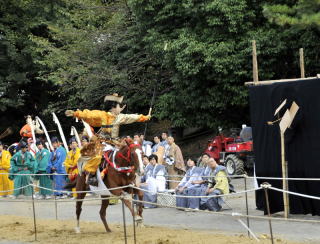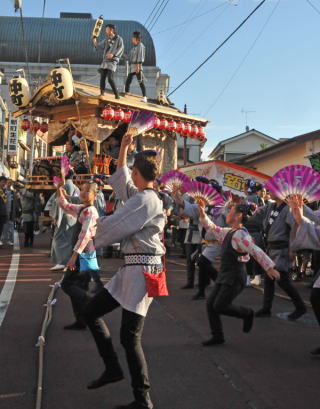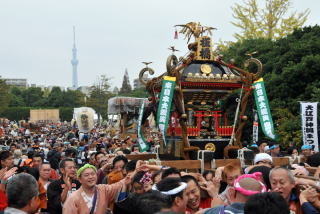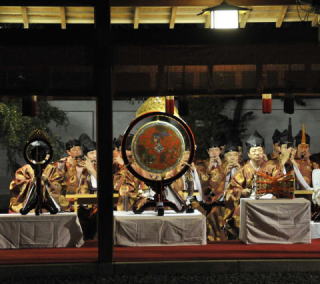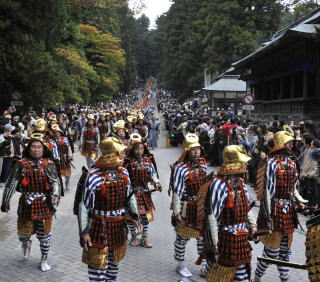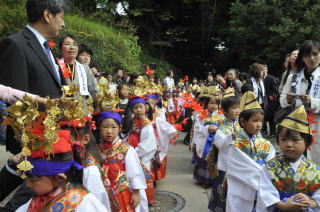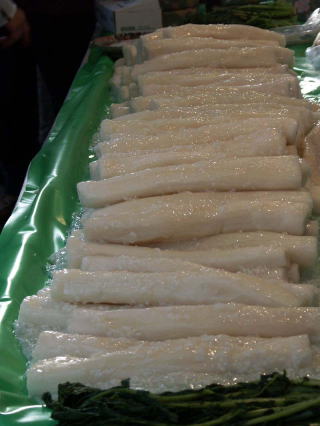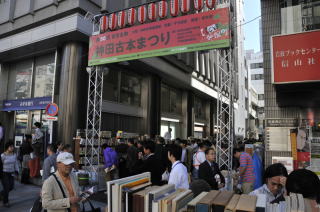| KOKKEISETSU National Day of People's Republic of China (main land China) on Oct. 1 at Chinatown in Yokohama, Kanagawa Prefecture. Parade 1 p.m. and Dragon Dance 4 p.m. in 2025 Parade 1 p.m. to 3 p.m.: Kanteibyo Street 12 noon-Fukken Street-Nishimon Street-Chinatown Main Street-Akamon Silk Road-Kanteibyo Street 3 p.m. October 1 is the day in 1949 Mao Tse-tung declared foundation of People's Republic of China. URL: Kokkeisetsu Telephones: 045-641-8606 for Kokkeisetsu Festival SOJUSETSU (Double Tenth Day) National Day of Republic of China (Taiwan) on Oct. 10 at Chinatown in Yokohama, Kanagawa Prefecture. Parade Acrobatic Shishimai (lion dance) at 12:45 p.m. at Yokohama Chuka Gakuin School Ground. Celebration Event all day at the ground./ Lion Dances 4 p.m.-8 p.m. at all areas of Chinatown. October 10 is the day Republic of China was built in 1912 by defeating the Qing dynasty in Xinhai revolution. Telephone: 045-681-2114 for Double Tenth Festival http://event.exantenna.net/yamashita-park/double-tenth-fes.html Chinatown (Chukagai in Japanese) in Yokohama was founded in 1863. Today, the town is one of Yokohama's greatest tourist attractions and the largest Chinatown in Japan. Its streets contain about two hundred Chinese restaurants and over 300 Chinese products shops. Chinese temple Kanteibyo located in the heart of the town is the center of Chinese community life. Address: Yamashitacho, Naka-ku, Yokohama Access: Ishikawa-cho Station on JR Keihin Tohoku Negishi Line. 2 minutes walk. Map: http://goo.gl/maps/7uccD |
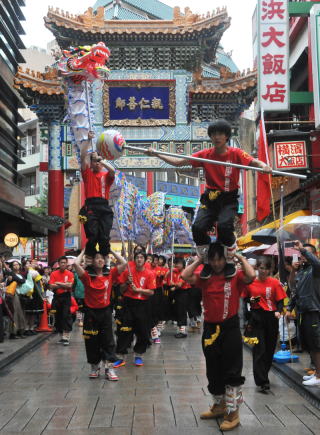 |
|
| more photos |


